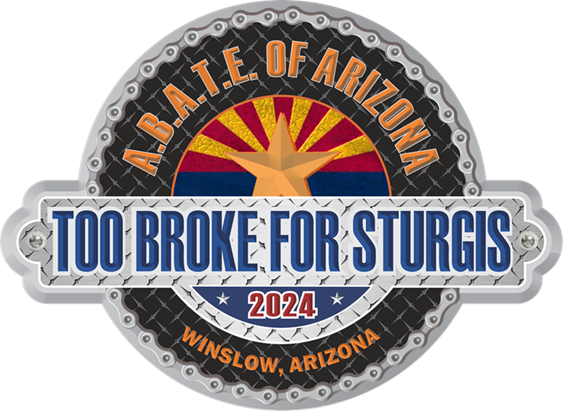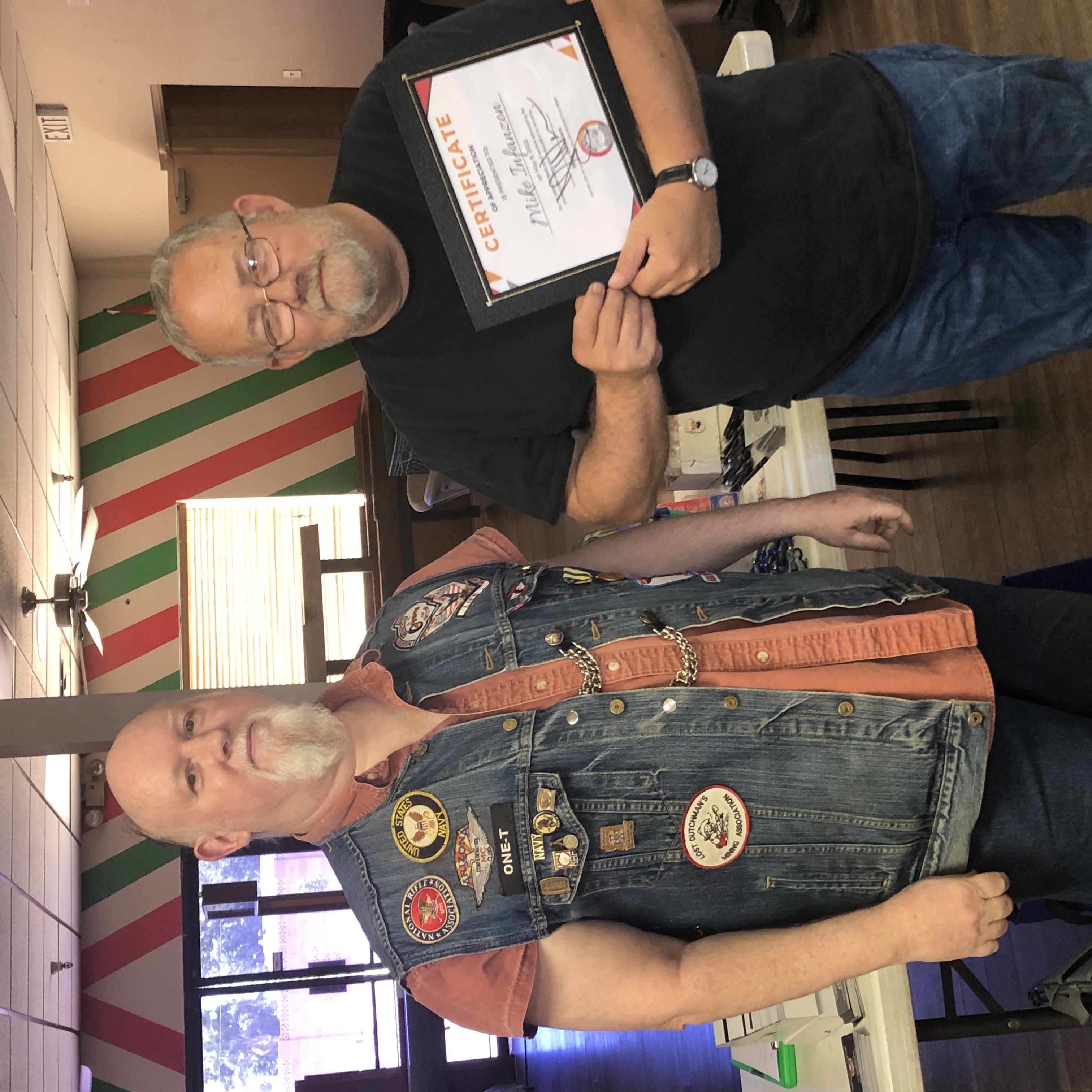
The law does not require citizens to vote, but voting is a very important part of any democracy. By voting, citizens are participating in the democratic process. Citizens vote for leaders to represent them and their ideas, and the leaders support the citizens' interests.
“Voting is your civic duty.” This is a pretty common sentiment, especially each November as Election Day approaches. But what does it really mean? And what does it mean for Americans in particular?
A History of Voting in the United StatesToday, most American citizens over the age of 18 are entitled to vote in federal and state elections, but voting was not always a default right for all Americans. The United States Constitution, as originally written, did not define specifically who could or could not vote—but it did establish how the new country would vote.
Article 1 of the Constitution determined that members of the Senate and House
of Representatives would both be elected directly by popular vote. The president, however, would be elected not by direct vote, but rather by the Electoral College. The Electoral College assigns
a number of representative votes per state, typically based on the state’s population. This indirect election method was seen as a balance between
the popular vote and using a state’s representatives in Congress to elect a president.
Because the Constitution did not specifically say who could vote, this question was largely left to the
states into the 1800s. In most cases, landowning white men were eligible to vote, while white women, black people, and other disadvantaged
groups of the time were excluded from voting (known as disenfranchisement).
While no longer explicitly excluded, voter suppression is a problem in many parts of the country. Some politicians try to win reelection by making it
harder for certain populations and demographics to vote. These politicians may use strategies such as reducing polling locations in certain neighborhoods, or only having polling stations open during business hours, when many people are working and
unable to take time off.
It was not until the 15th Amendment was passed in 1869 that black men were allowed to vote.
But even so, many would-be voters
faced artificial hurdles like poll taxes, literacy tests, and other measures meant to discourage them from exercising their voting right. This would continue until the 24th Amendment in 1964, which eliminated the poll tax, and the Voting Rights Act of 1965, which ended Jim Crow laws. Women were denied the right to vote until 1920, when the long efforts of the women’s suffrage movement resulted in the 19th Amendment.
With these amendments removing the
previous barriers to voting (particularly
sex and race), theoretically all
American citizens over the age of 21
could vote by the mid-1960s. Later, in
1971, the American voting age was lowered to 18, building on the idea that if a
person was old enough to serve their
country in the military, they should be
allowed to vote.
With these constitutional amendments
and legislation like the Voting
Rights Act of 1965, the struggle for
widespread voting rights evolved from
the Founding Fathers’ era to the late
20th century.
Mike InfanzonLegislative Director











 The law does not require citizens to vote, but voting is a very important part of any democracy. By voting, citizens are participating in the democratic process. Citizens vote for leaders to represent them and their ideas, and the leaders support the citizens' interests.
The law does not require citizens to vote, but voting is a very important part of any democracy. By voting, citizens are participating in the democratic process. Citizens vote for leaders to represent them and their ideas, and the leaders support the citizens' interests.